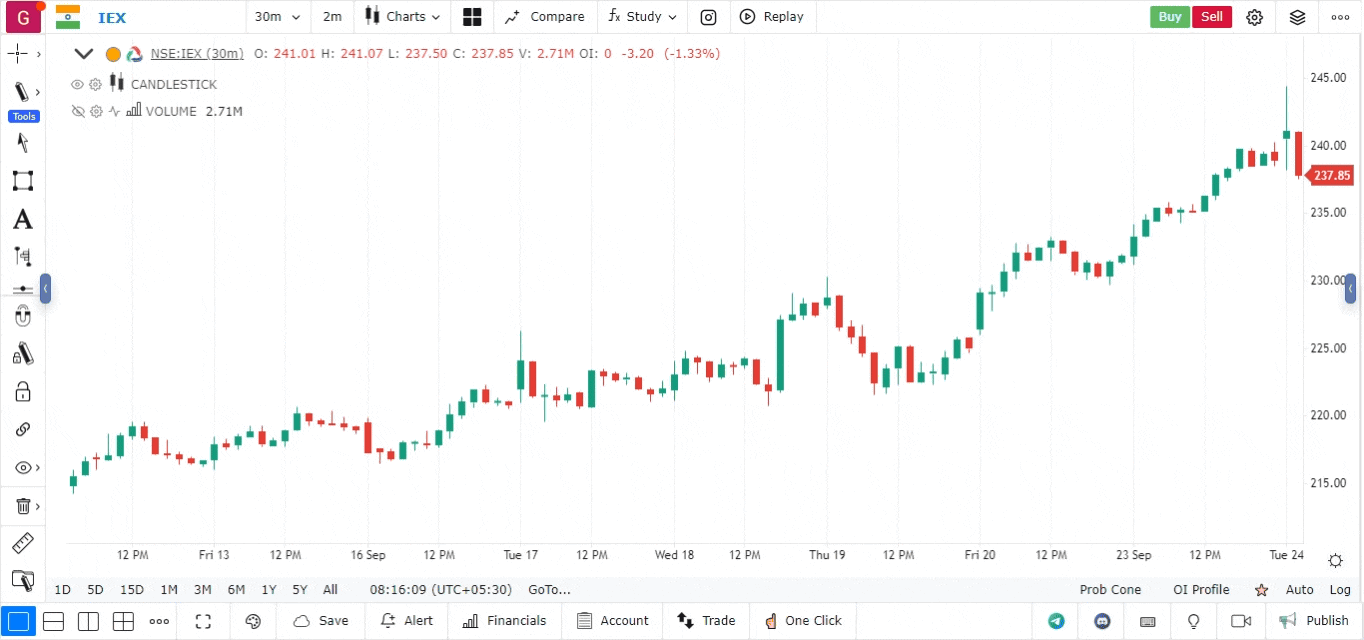STARC Bands Indicator
The STAR (Standard Deviation, Average True Range, and Closing Price) Bands Indicator is a technical analysis tool designed to measure market volatility and identify potential support and resistance levels. By incorporating both standard deviation and the average true range, the STARC Bands provide traders with dynamic bands that adapt to price movements.
What are STARC Bands?
STAR Bands consist of an upper band and a lower band that are derived from the average true range (ATR) and standard deviation of the closing prices. These bands help traders identify overbought or oversold conditions and potential reversal points in the market.
Key Features:
- Dynamic Bands: The bands automatically adjust based on recent price action, providing real-time insights into market volatility.
- Volatility Measurement: By combining ATR and standard deviation, STARC Bands give a comprehensive view of market volatility.
- Support and Resistance: The upper and lower bands serve as potential support and resistance levels, helping traders make informed decisions.
How to Add the STARC Bands Indicator
-
Open the platform:
- Navigate to the platform and select the asset you wish to analyse.
-
Access the Indicators Menu:
- Click on the Indicators menu located in the top toolbar.
-
Add the STARC Bands Indicator:
- Search for “STARC Bands” in the indicators search bar.
- Click on the STARC Bands Indicator to add it to your chart.

- Customize Settings:
- After adding the indicator, you can customize the following settings:
- ATR Period: Define the number of periods for calculating the average true range.
- Standard Deviation Multiplier: Adjust the multiplier for standard deviation to set the width of the bands.
- Style: Modify the color and line thickness of the bands for better visibility on your chart.
- After adding the indicator, you can customize the following settings:
How to Interpret the STARC Bands Indicator
-
Identifying Overbought and Oversold Conditions:
- When the price approaches the upper band, it may indicate an overbought condition, suggesting a potential reversal or pullback.
- Conversely, when the price approaches the lower band, it may indicate an oversold condition, suggesting a potential upward movement.
-
Trend Confirmation:
- A sustained movement above the upper band may indicate strong bullish momentum, while a sustained movement below the lower band may indicate strong bearish momentum.
-
Volatility Assessment:
- The distance between the upper and lower bands reflects market volatility. Wider bands indicate higher volatility, while narrower bands suggest lower volatility.